Section 1 | Preconditioning Beef Calves
Page 06 /
Weaning Practices
In beef production, weaning is an incredibly stressful time for both dam and calf. Under natural conditions, calves are gradually weaned as the dam’s milk supply steadily dwindles, typically around 6-12 months of age4. Abrupt weaning and separation of calves from their dams is the norm in conventional beef production. This can cause stress responses in cows and calves, such as restlessness, pacing, increased bawling, and reduction in feed intake4. This stress is a welfare concern and can make calves more susceptible to disease. The Code of Practice of Practice for the Care and Handling of Beef Cattle explicitly recommends that all producers develop a weaning strategy that minimizes stress and includes a vaccination program5.
This section will take you through research-proven strategies to minimize stress and maximize health in your calves around weaning.
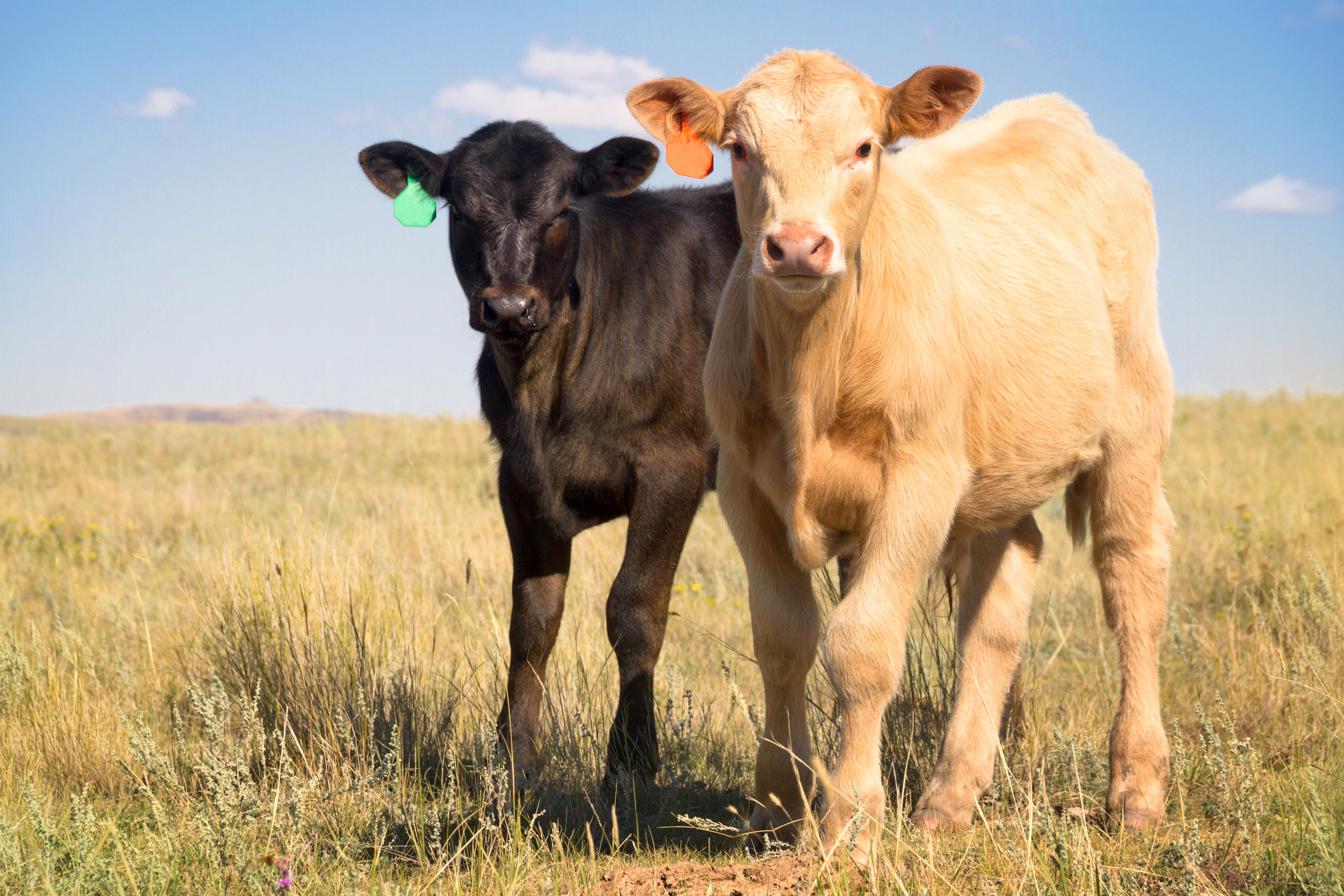
A Note on Pre-Weaning Nutrition
Excellent pre-weaning nutrition supports calves having the right levels of nutrients to support growth and health6.
Some important nutrients to keep in mind as you choose your salt and mineral supplementation strategy are:
- Macronutrients: Phosphorus and magnesium
- Micronutrients: Selenium, copper, and zinc
In addition, for cows to produce the most milk, they need access to high quality pasture. Calves will also grow better on high quality pasture. You need to look critically at how good your grass is. Poor quality pasture requires you to supplement your cows and calves with stored forages and/or grains.
Providing a source of solid feed to calves over time is a great way to transition them off milk7. Creep feeding, where calves are able to access grain, promotes the development of the rumen and can aid in transitioning calves onto solid feed while also minimizing the stress that abrupt weaning has on the calf. Lower stress helps make sure the immune system is functioning properly and the animal remains healthy and growing.
Two-Stage Weaning
Abrupt weaning is when calves are physically removed from their dam right at the time of weaning. This technique is very stressful for the calf. Calves bawl and spend a lot of time pacing with little time eating and drinking.
A two-stage weaning approach can be accomplished by:
- Stage 1: Preventing calves from nursing their dam while keeping them in physical contact
- Stage 2: Physically removing the calf from their dam
A recent study looked at two-stage weaning with a device called QuietWean (pictured) and compared behavior and growth in calves with that of abruptly weaned animals8. This device is applied to animals during the first weaning phase. It prevents them from being able to suckle and consume milk. Calves are still able to consume grain and pasture during this phase, and they are still housed with their dams. After two weeks, the devices are removed and calves are then separated from their dams. Abruptly weaned calves had full access to their dams and their milk until the day of weaning.
A video describing this process can be found here:
Western College of Vet Medicine – Two-stage Weaning Video
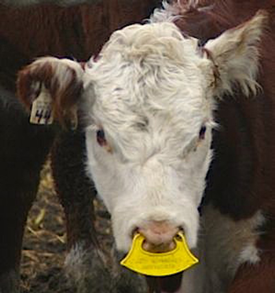
The results:

When researchers looked at weight gains after separating the calves from their dams, they found significantly higher results for those calves weaned in two stages (figure below).

Figure: Average daily gain differences between animals abruptly weaned versus those that were weaned in two stages
Fenceline Weaning
As an alternative to using the nose-flap two-stage weaning method, experts have recommended fenceline weaning as a way of reducing the stress experienced by calves9. Calves and cows are placed in adjacent pastures so that they can have visual contact along the fenceline, but the calves are not able to suckle.
Research has found that calves that were fenceline weaned showed far fewer stress-related behaviours9. They walk less, eat more, and rest more than calves that were abruptly weaned (figure below).

Figure: Comparing percentage of time walking, eating, and lying down between unweaned, fenceline weaned, and abruptly weaned calves
Further, when researchers looked at weight gain, those calves that were in the fenceline weaned group gained more weight at 2 and 10 weeks following weaning relative to abruptly weaned calves (figure below).

Figure: Comparing weight gain at 2 and 10 weeks following weaning between unweaned, fenceline weaned, and abruptly weaned calves
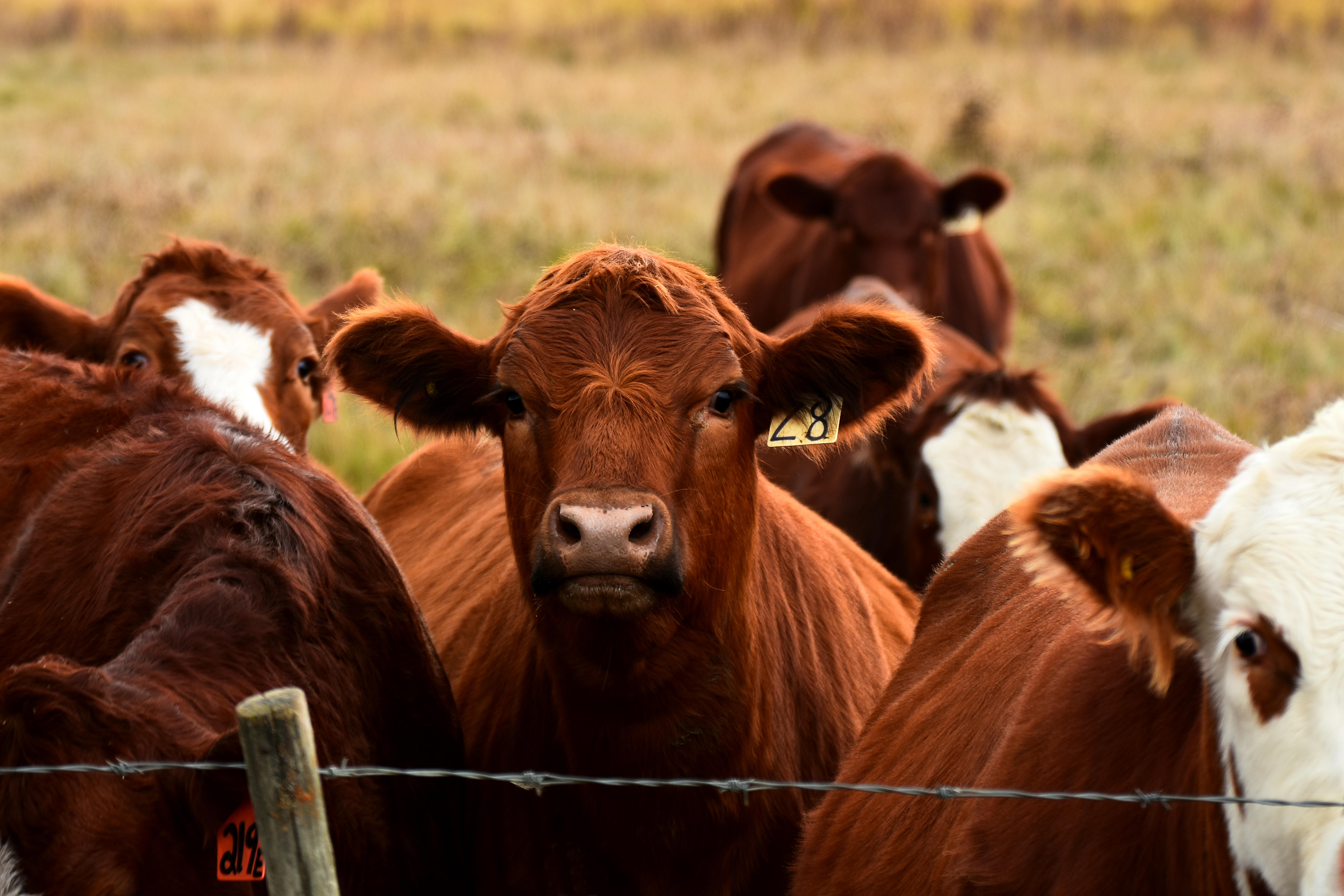
Beef Cattle Research Council – Fenceline Weaning
This site has an excellent overview of some key considerations when weaning your calves. Additionally, there are some great videos demonstrating low-stress handling techniques and other tips when weaning calves.
eXtension – Fenceline Weaning for Beef Cattle
Some key considerations to think about if you are deciding to give fenceline weaning a try.
University of Arkansas – Quick Tips Fenceline Weaning Video
This video reviews best practices and quick tips for fenceline weaning.
When to Wean
Traditionally, calves are weaned in the fall at the age of 5-7 months. Unfortunately, this time coincides with another highly stressful time for the calf — transitioning from the farm to the feedlot.
This transition involves many stressors that can greatly affect their health and productivity:
- Transportation
- Environmental stressors (variable fall temperatures, high precipitation/humidity)
- Mixing with cattle from other places (in trucks, at livestock auctions, at the feedlot)
Keeping all of this in mind, good preconditioning programs typically recommend that calves are weaned a minimum of 45 days prior to leaving the farm6.
This has several positive effects, namely it:
- Supports calf recovery from the stress of weaning
- Gives the calf enough time to respond to any vaccine that may have been given
- Allows more for weight gain to offset the costs associated with housing and feeding weaned calves
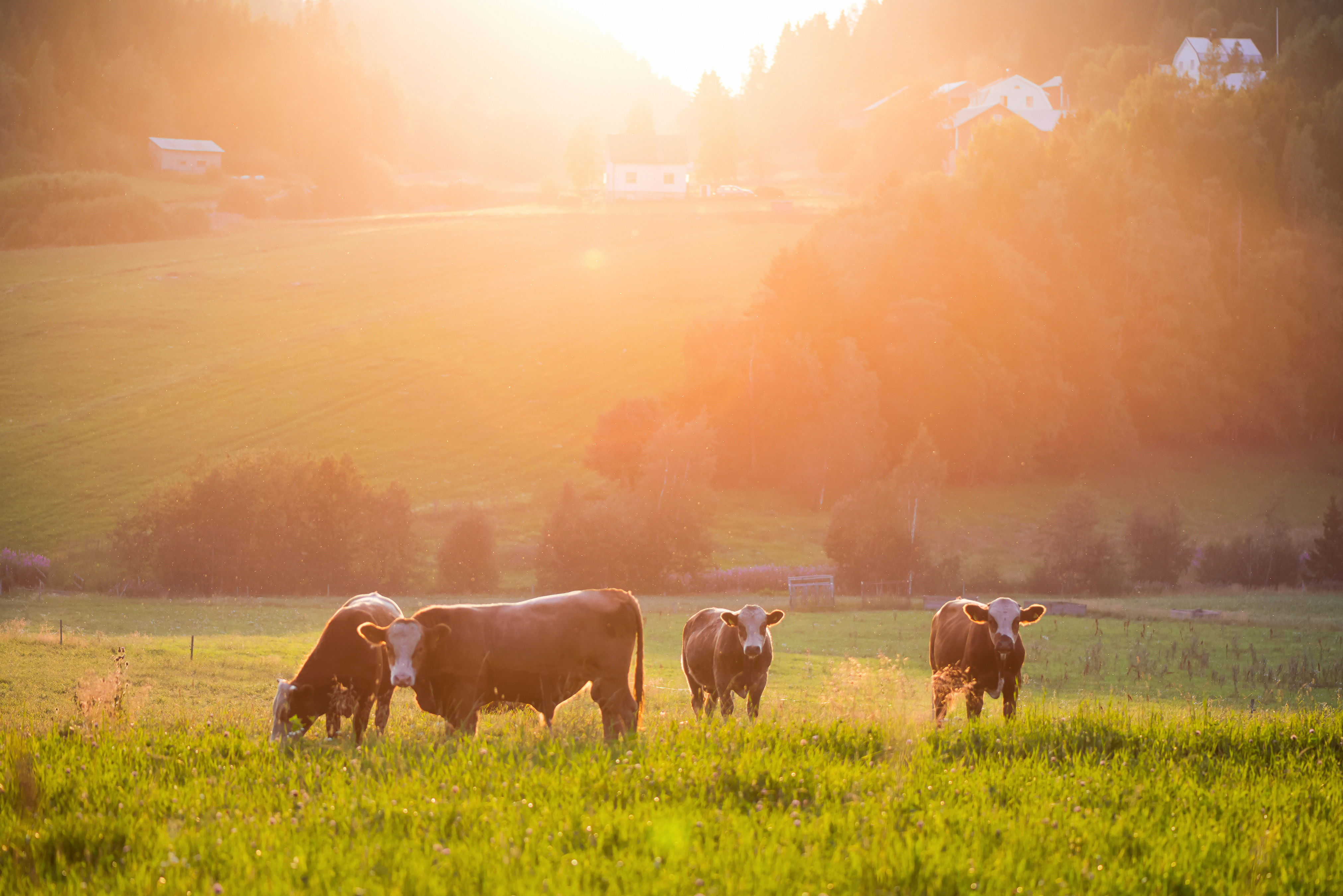
If possible, this is the time to get calves used to eating from a bunk and drinking out of a water trough. Calves that are used to consuming feed and water from these sources will experience less stress when they see them at the feedlot.
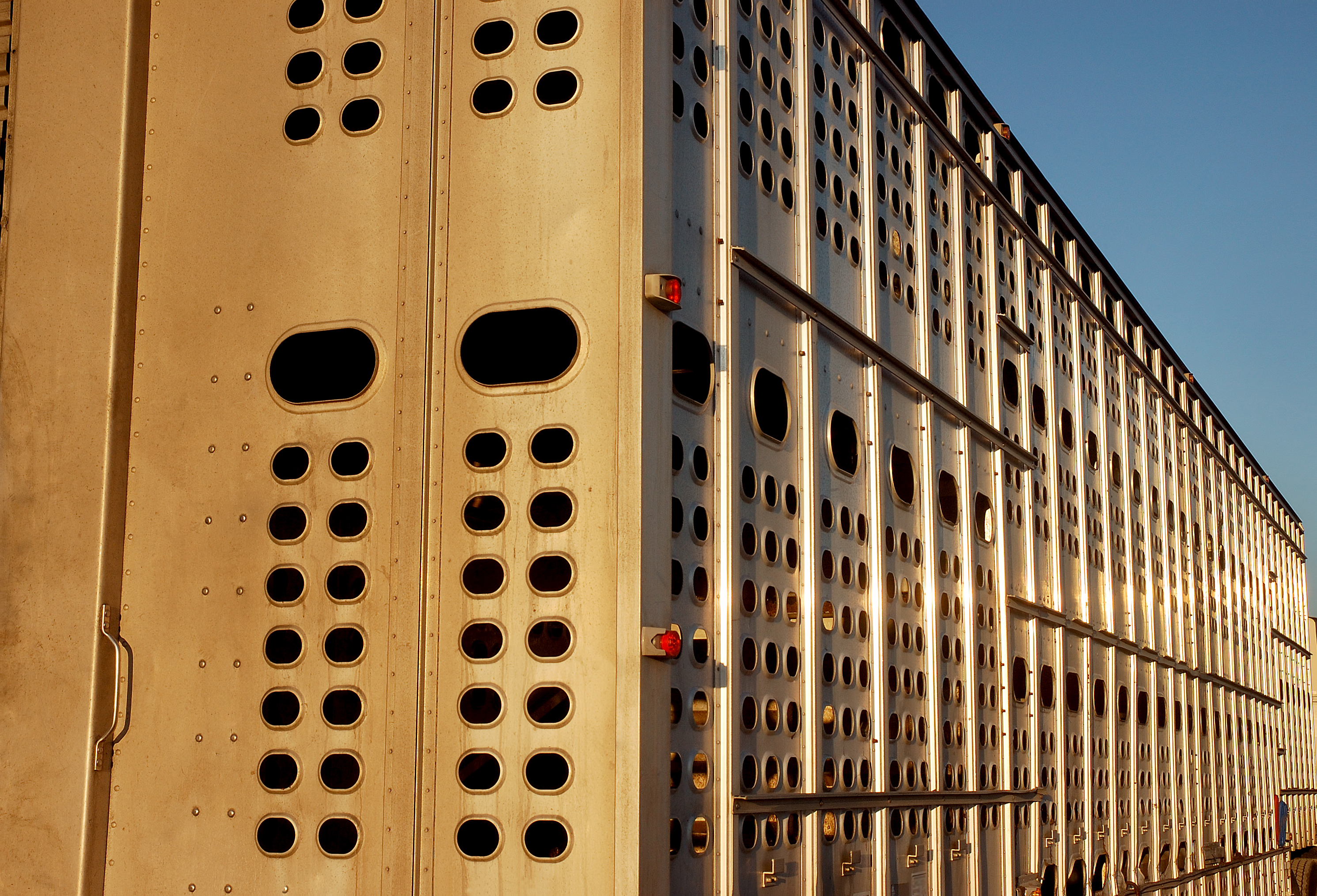
References
- Wilson BK, Richards CJ, Step DL, Krehbiel CR. Beef species symposium: Best management practices for newly weaned calves for improved health and well-being. J. Anim. Sci. 2017;95(5):2170–82.
- O’Connor AM, Yuan C, Cullen JN, Coetzee JF, da Silva N, Wang C. A mixed treatment meta-analysis of antibiotic treatment options for bovine respiratory disease – An update. Prev. Vet. Med. [Internet]. 2016;132:130–9. Available from: http://dx.doi.org/10.1016/j.prevetmed.2016.07.003
- Dohoo IR, Martin W, Stryhn H. Veterinary Epidemiologic Research. 2nd ed. Charlottetown, PEI: VER Inc.; 2009.
- Newberry RC, Swanson JC. Implications of breaking mother-young social bonds. Appl. Anim. Behav. Sci. 2008;110(1–2):3–23.
- NFACC. Code of practice for the care and handling of beef cattle [Internet]. Dairy Farmers of Canada. Calgary, Alberta: National Farmed Animal Care Council; 2013. 1-65 p. Available from: http://www.nfacc.ca/codes-of-practice/beef-cattle
- TAMU. Value Added Calf ( VAC ) – Management Program [Internet]. Texas Cooperative Extension: The Texas A & M University. 2014 [cited 2019 Jan 31]. Available from: http://aglifesciences.tamu.edu/animalscience/wp-content/uploads/sites/14/2012/04/beef-vac-mgmt.pdf
- Enríquez D, Hötzel MJ, Ungerfeld R. Minimising the stress of weaning of beef calves: A review. Acta Vet Scand [Internet]. 2011;53(1):28. Available from: http://www.actavetscand.com/content/53/1/28
- Haley DB, Bailey DW, Stookey JM. The effects of weaning beef calves in two stages on their behavior and growth rate. J. Anim. Sci. 2005;83(9):2205–14.
- Price EO, Harris JE, Borgwardt RE, Sween ML, Connor JM. Fenceline contact of beef calves with their dams at weaning reduces the negative effects of separation on behavior and growth rate. J. Anim. Sci. 2003;81(1977):116–21.


